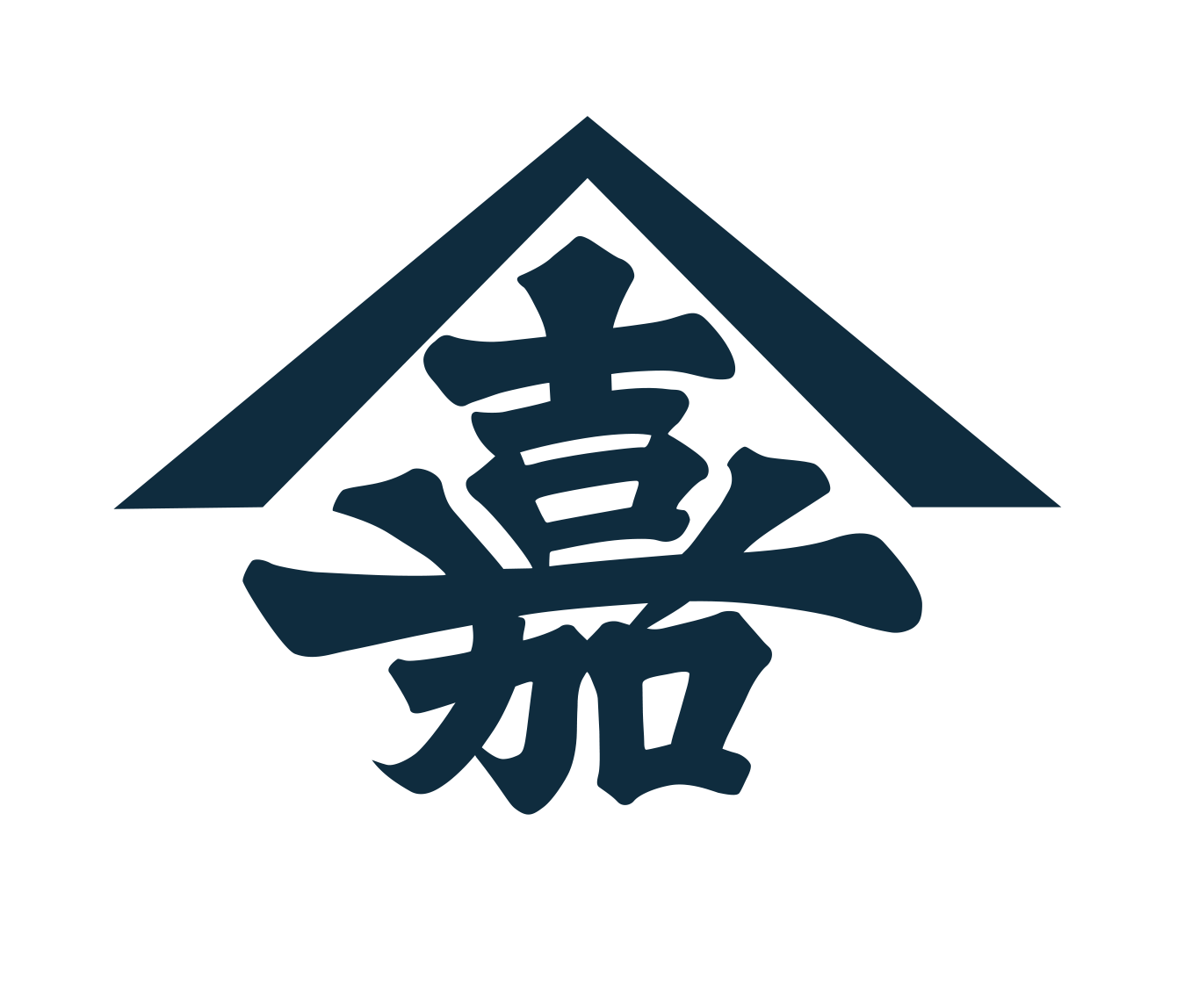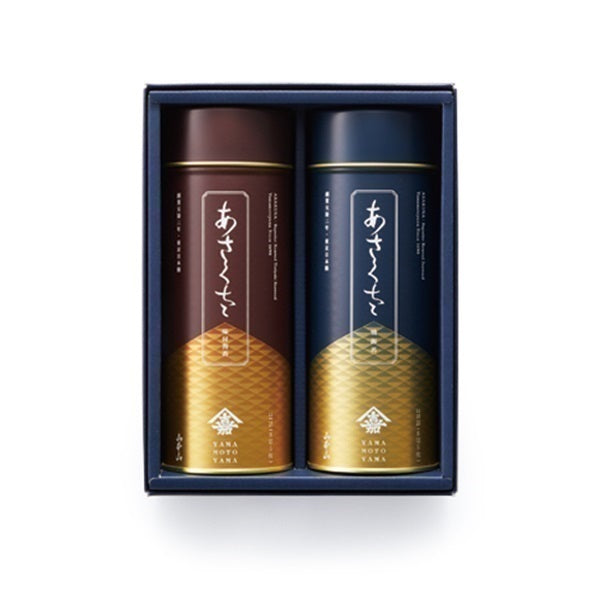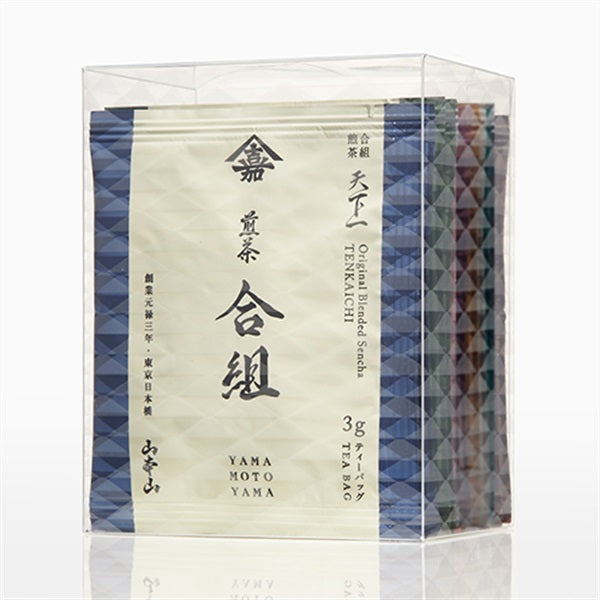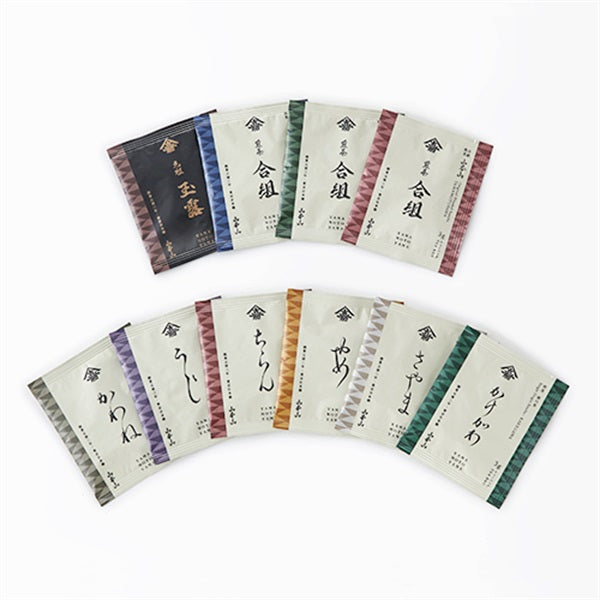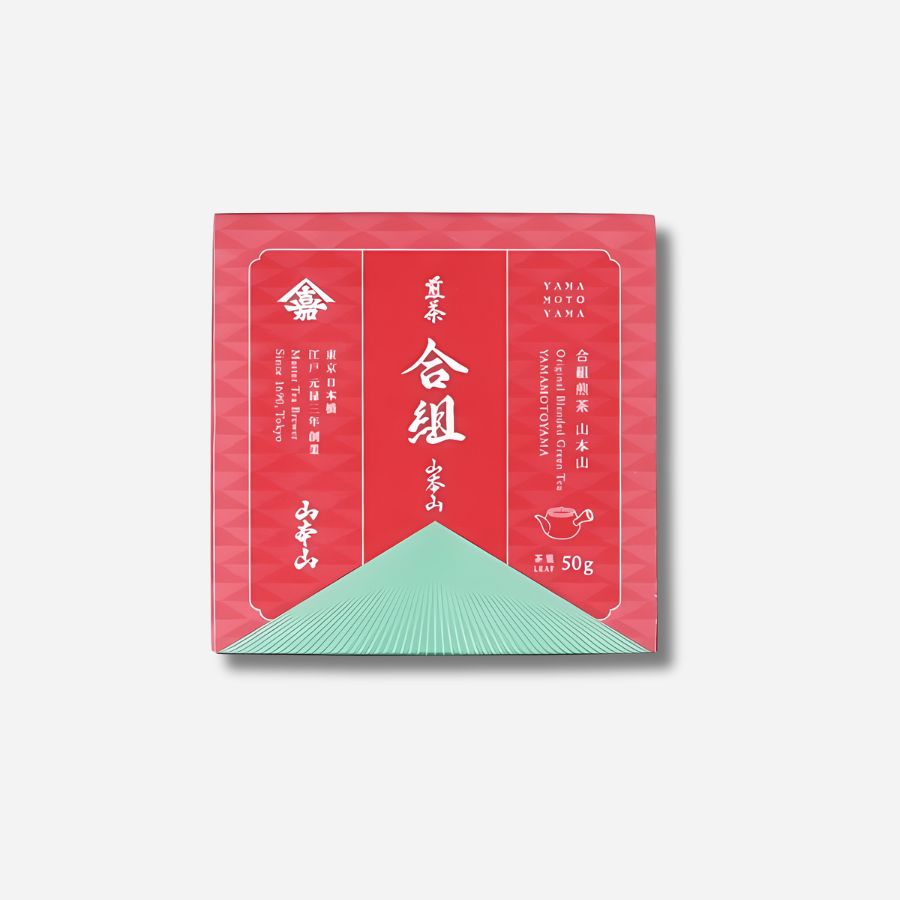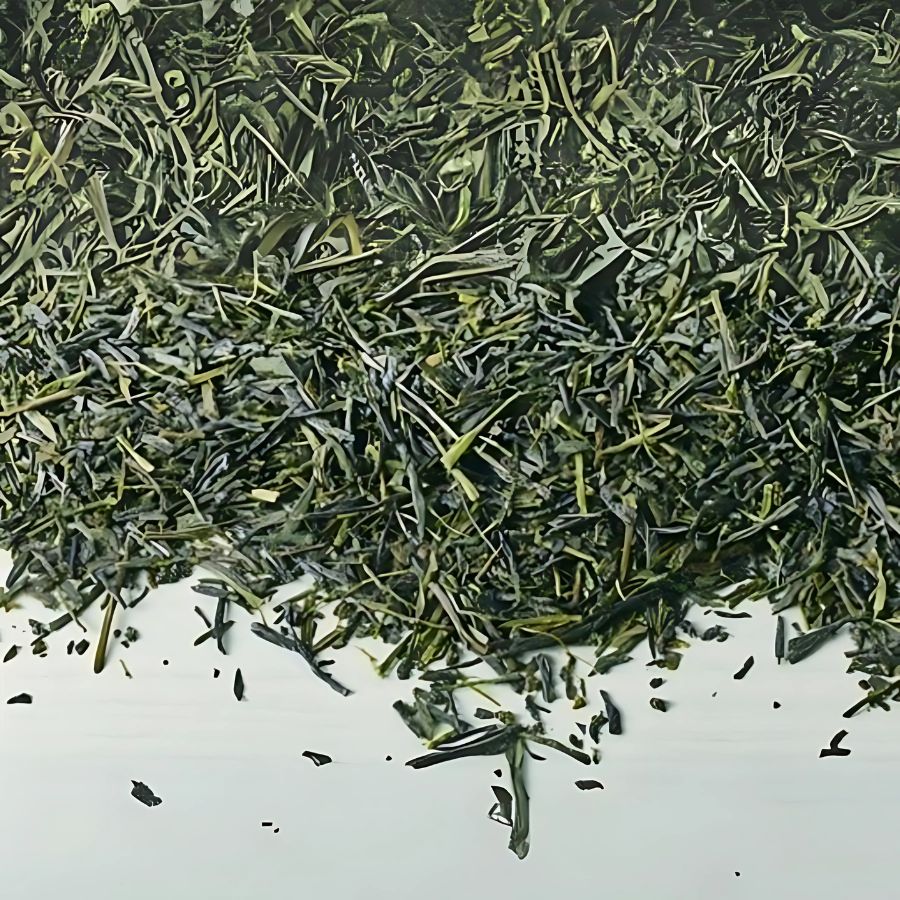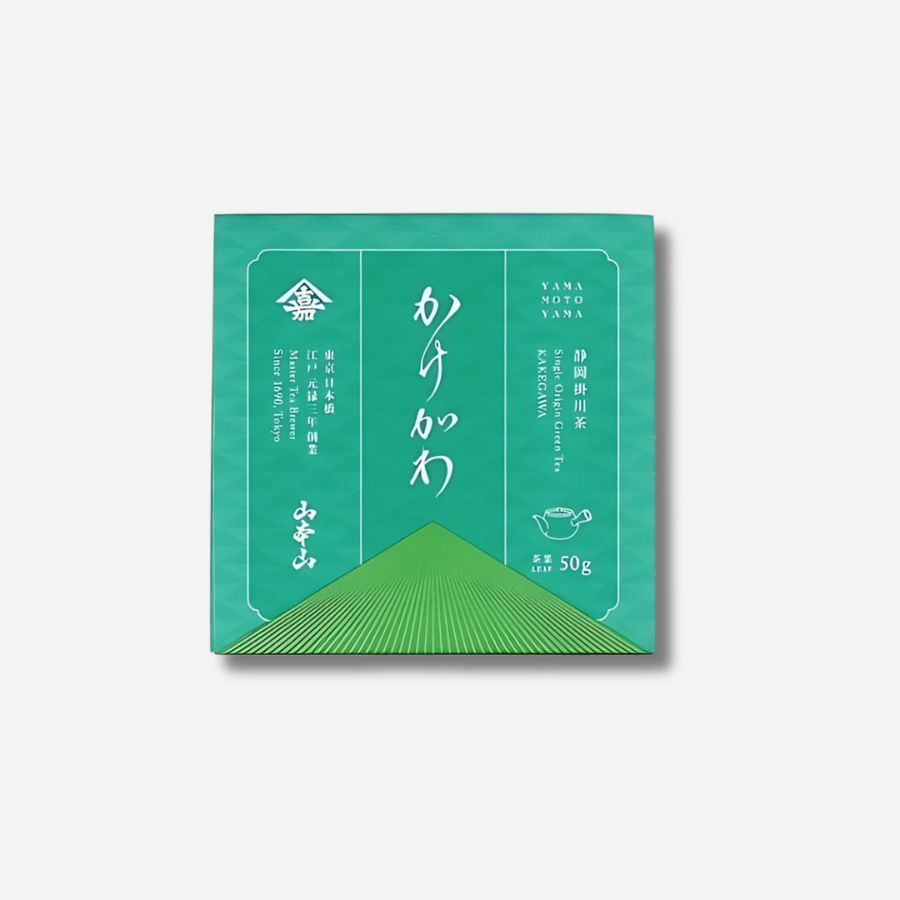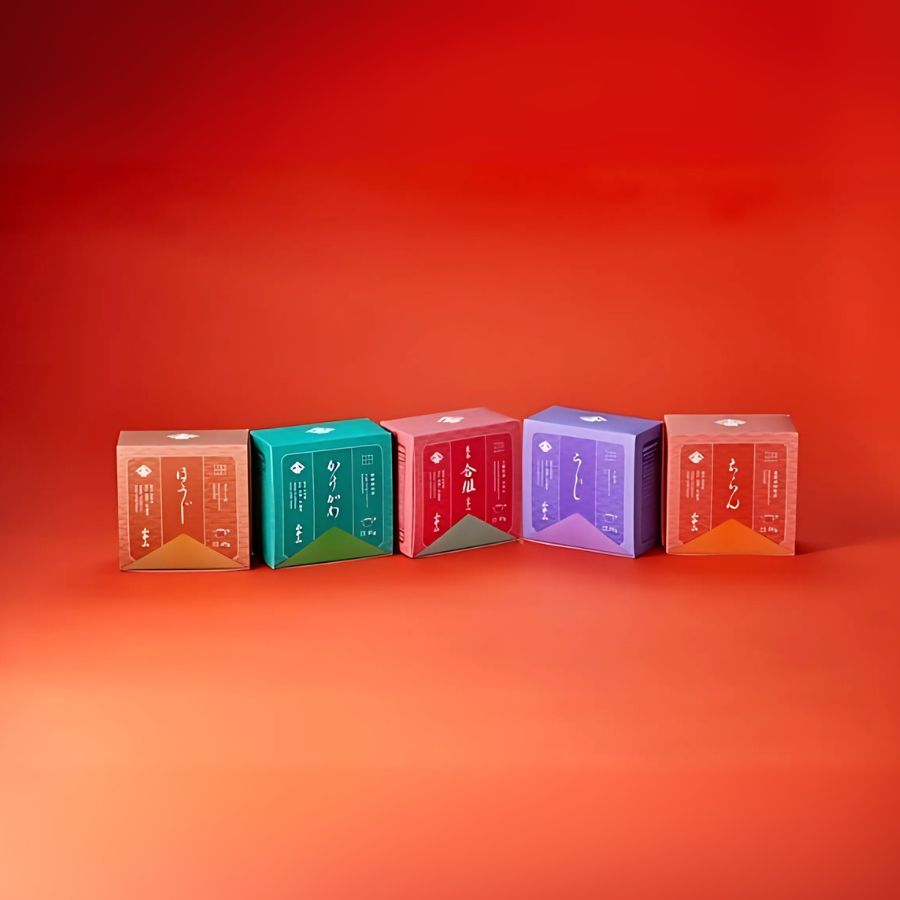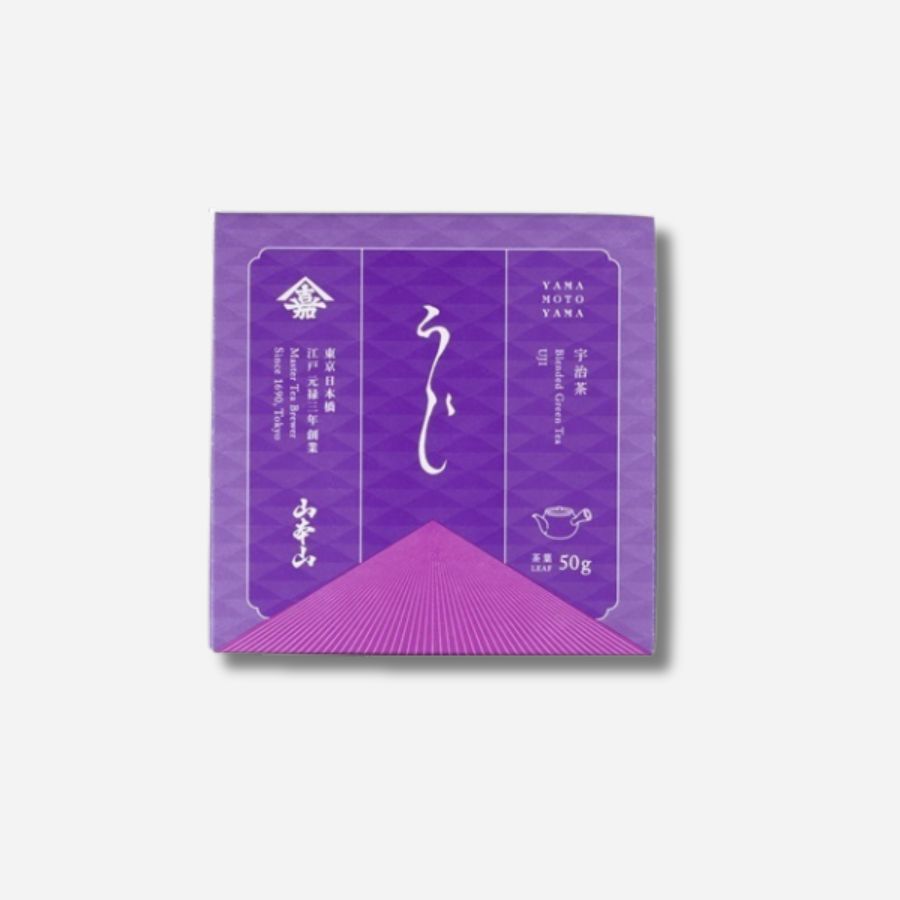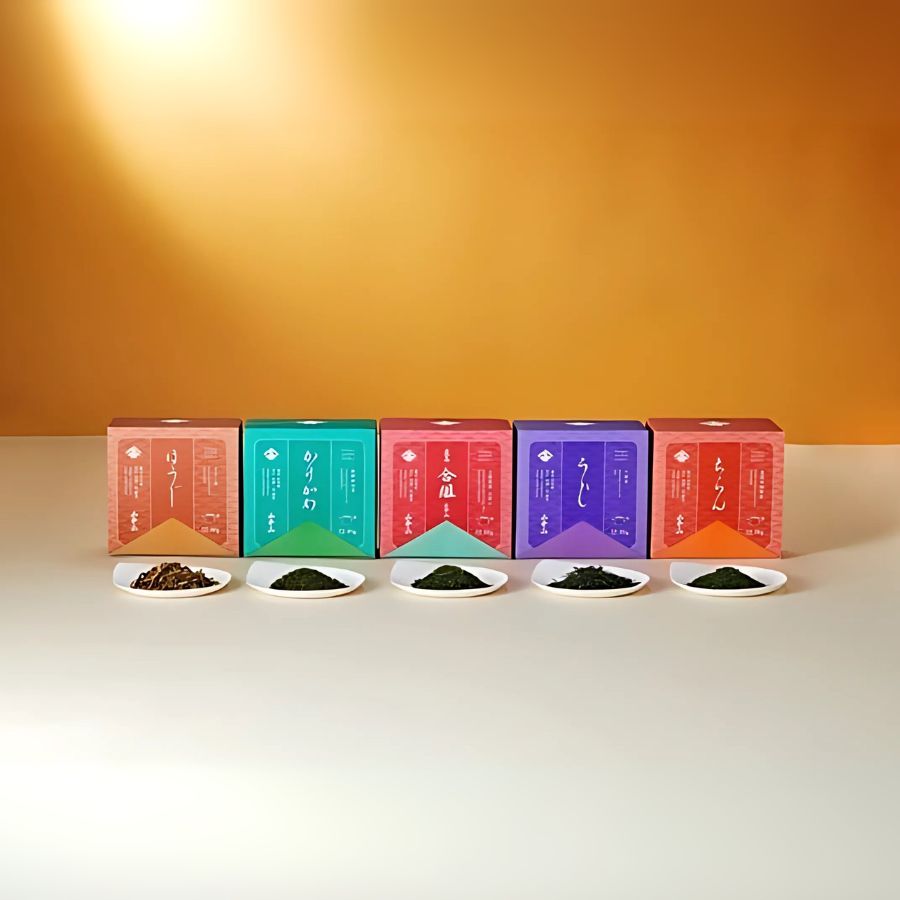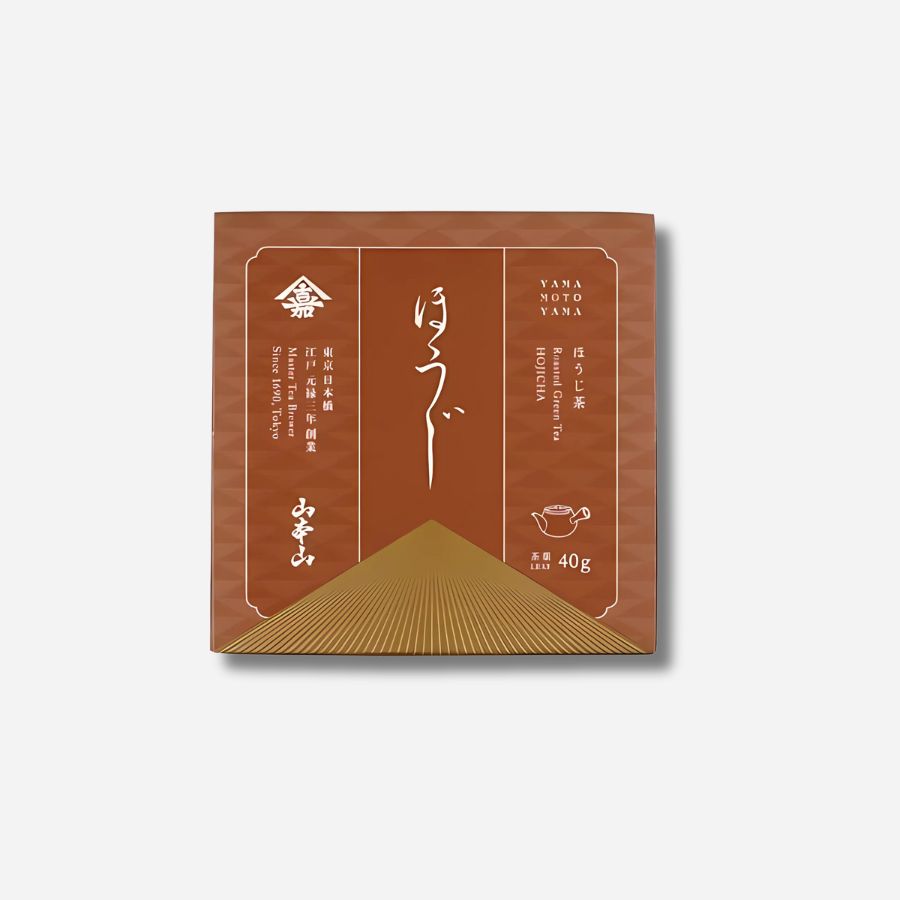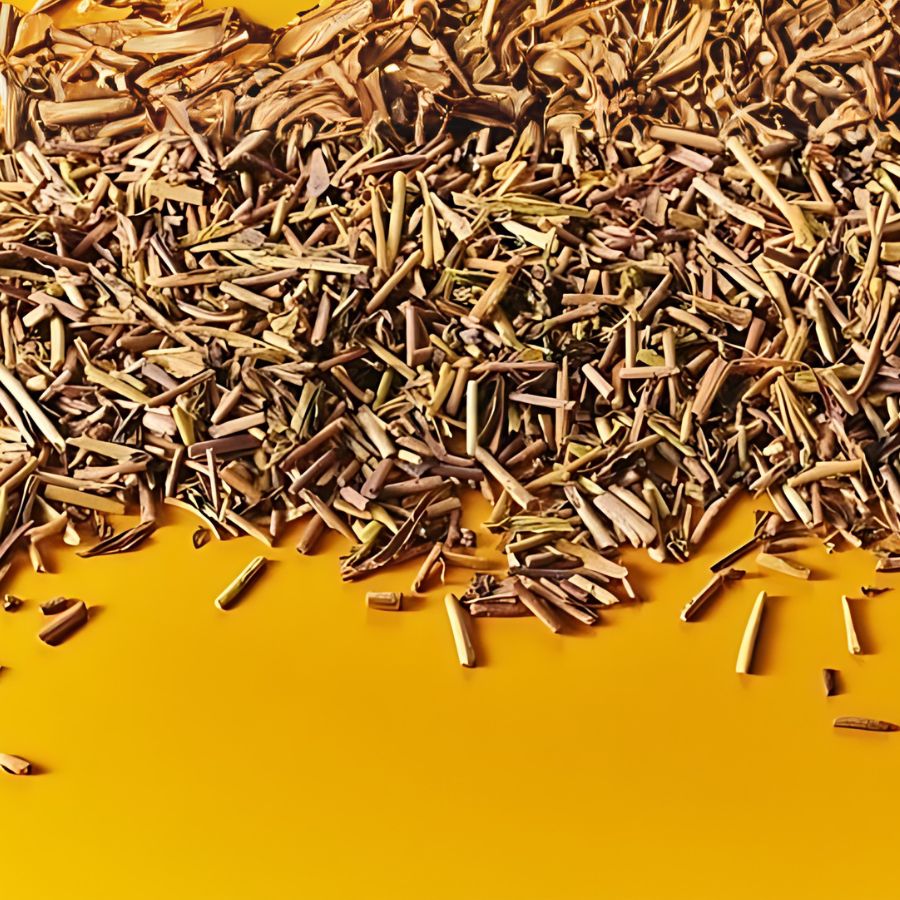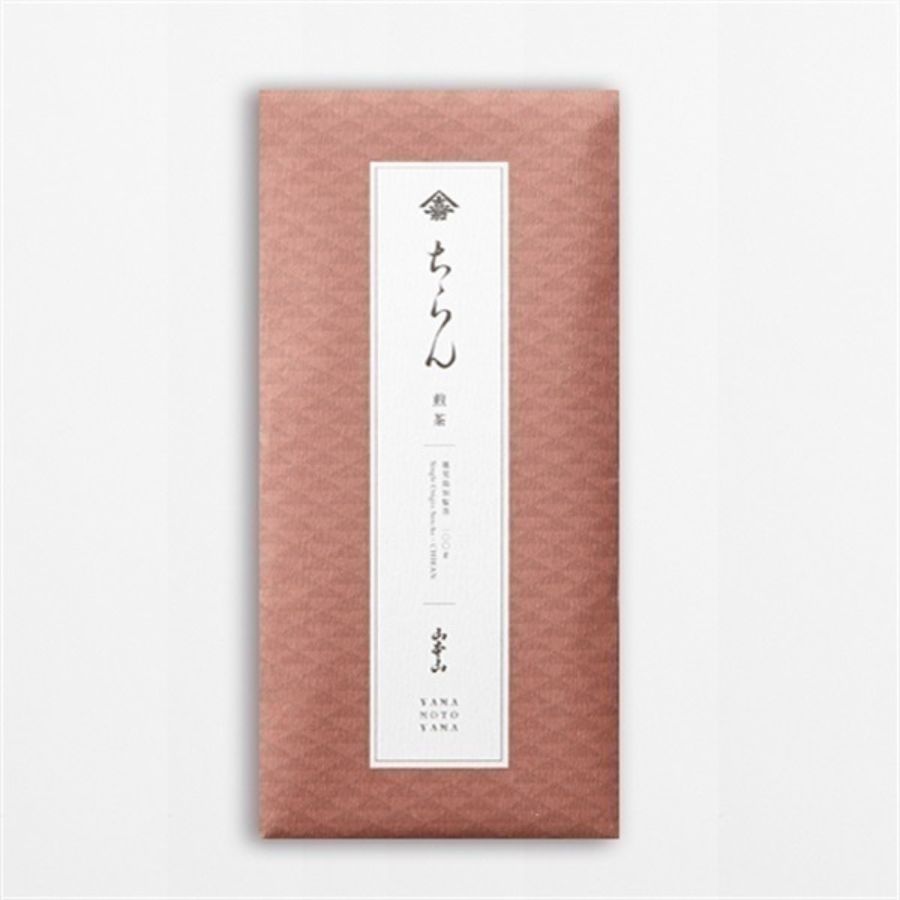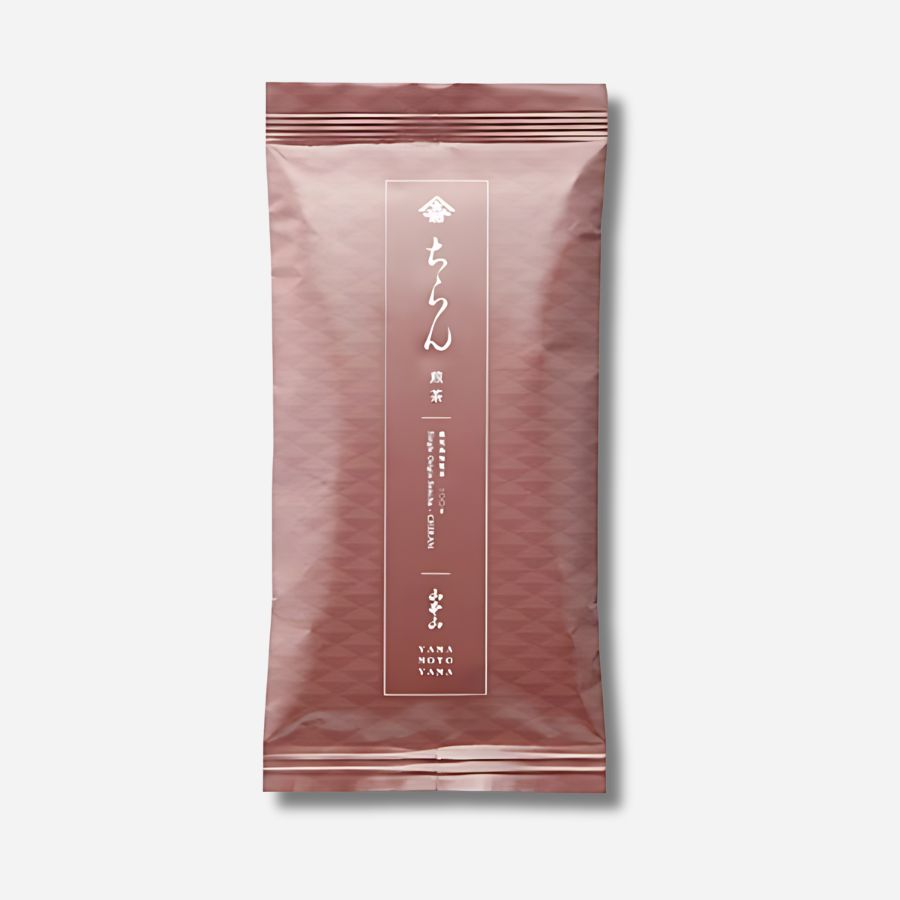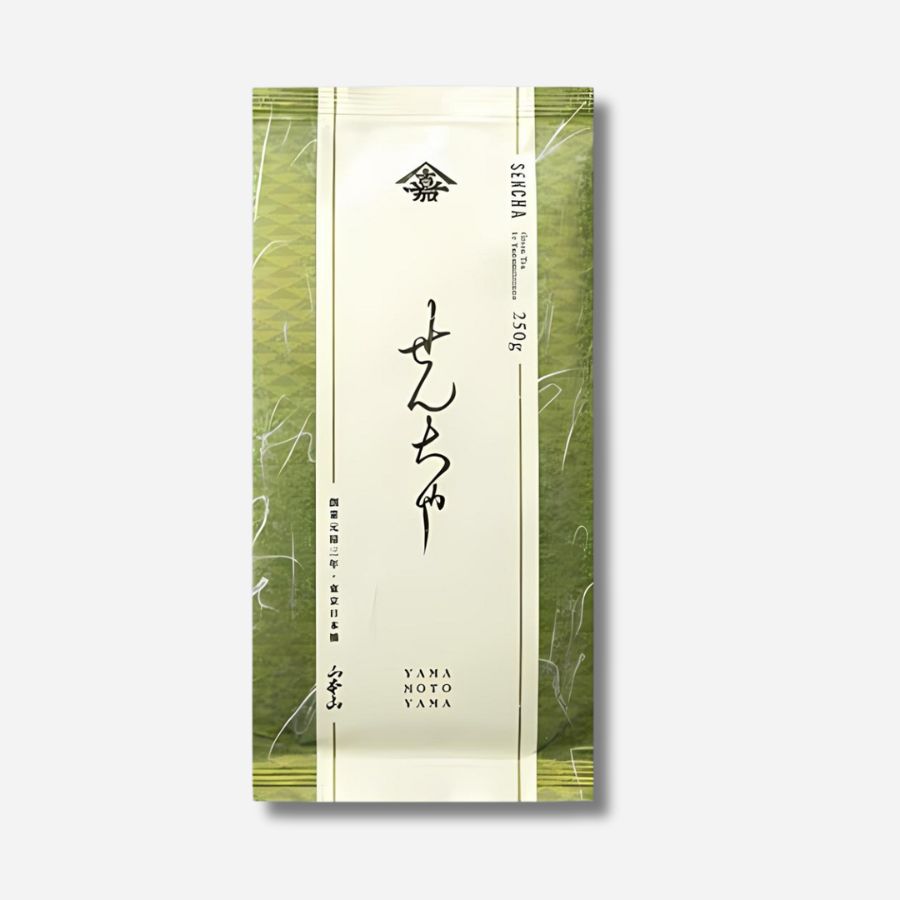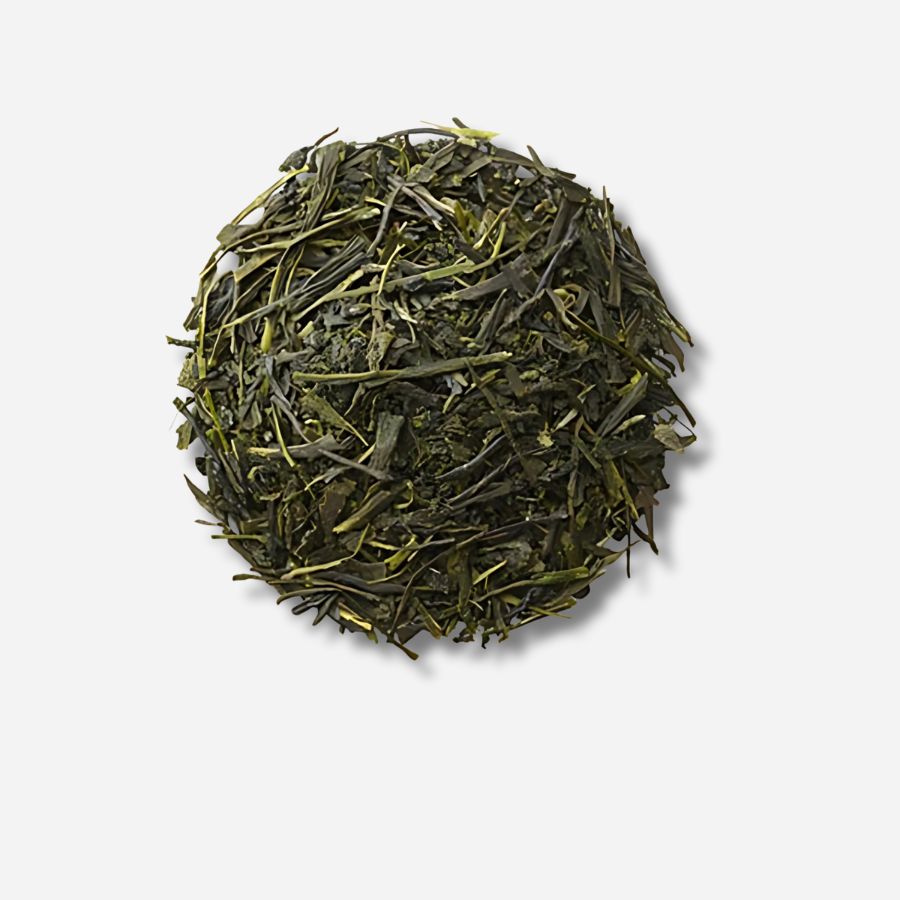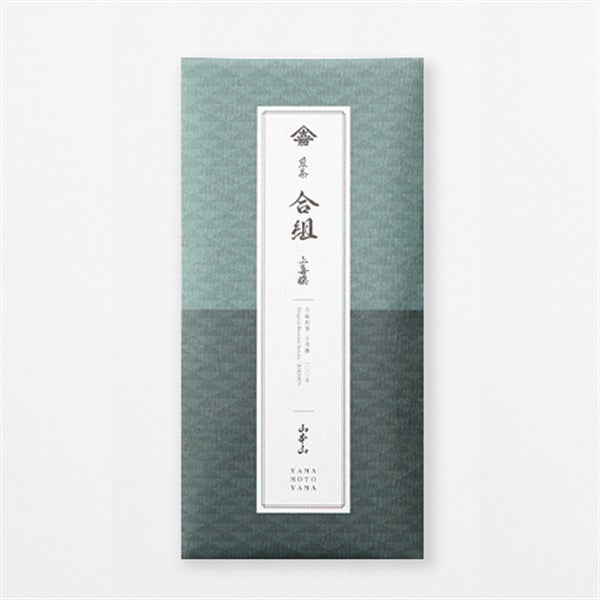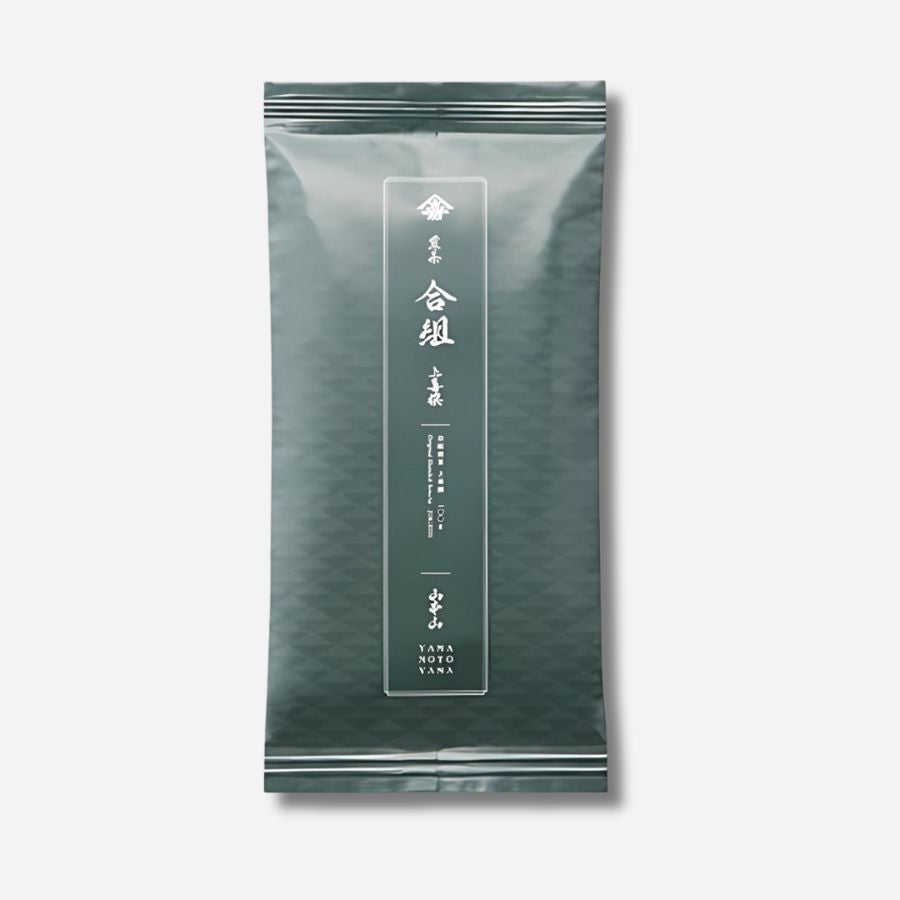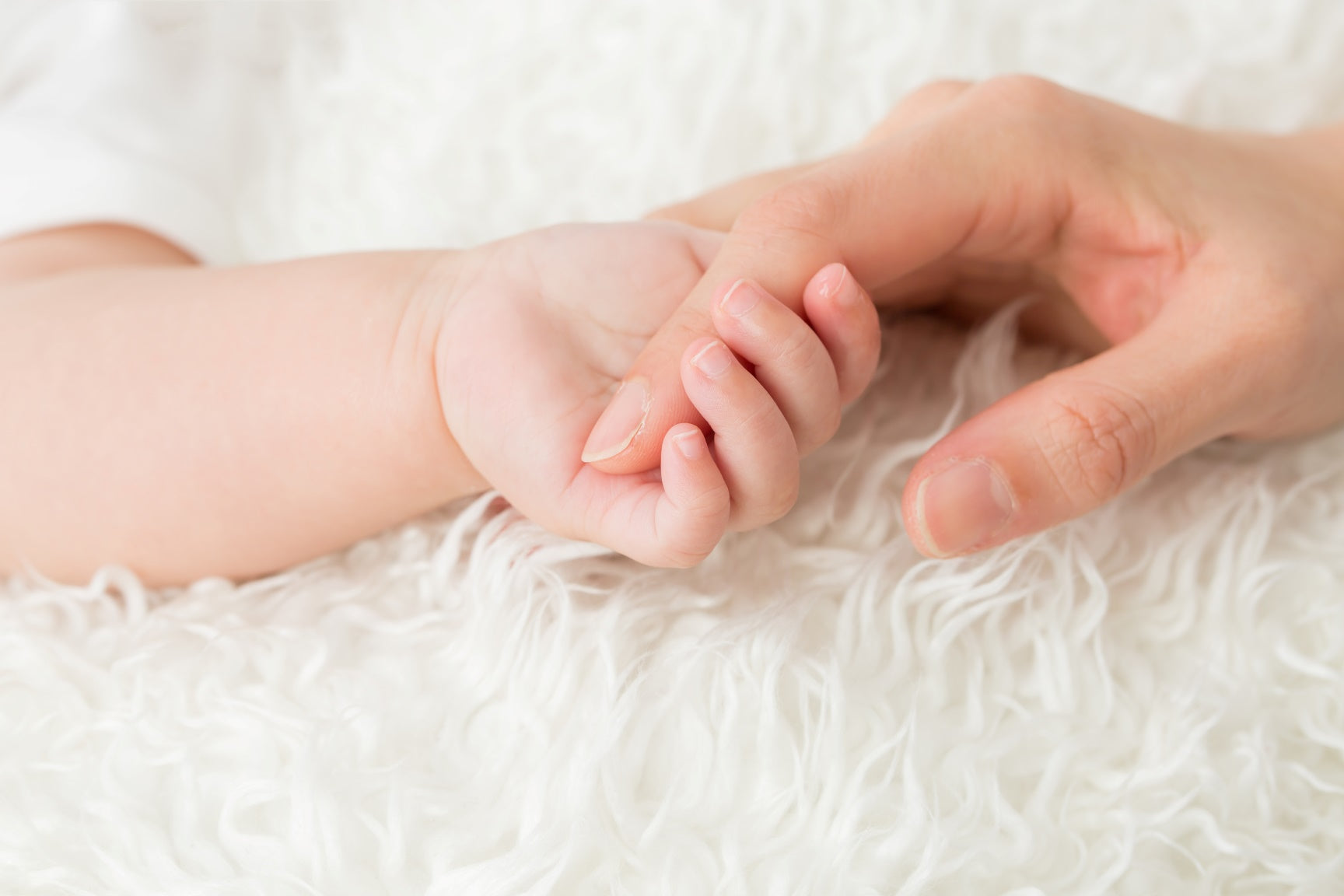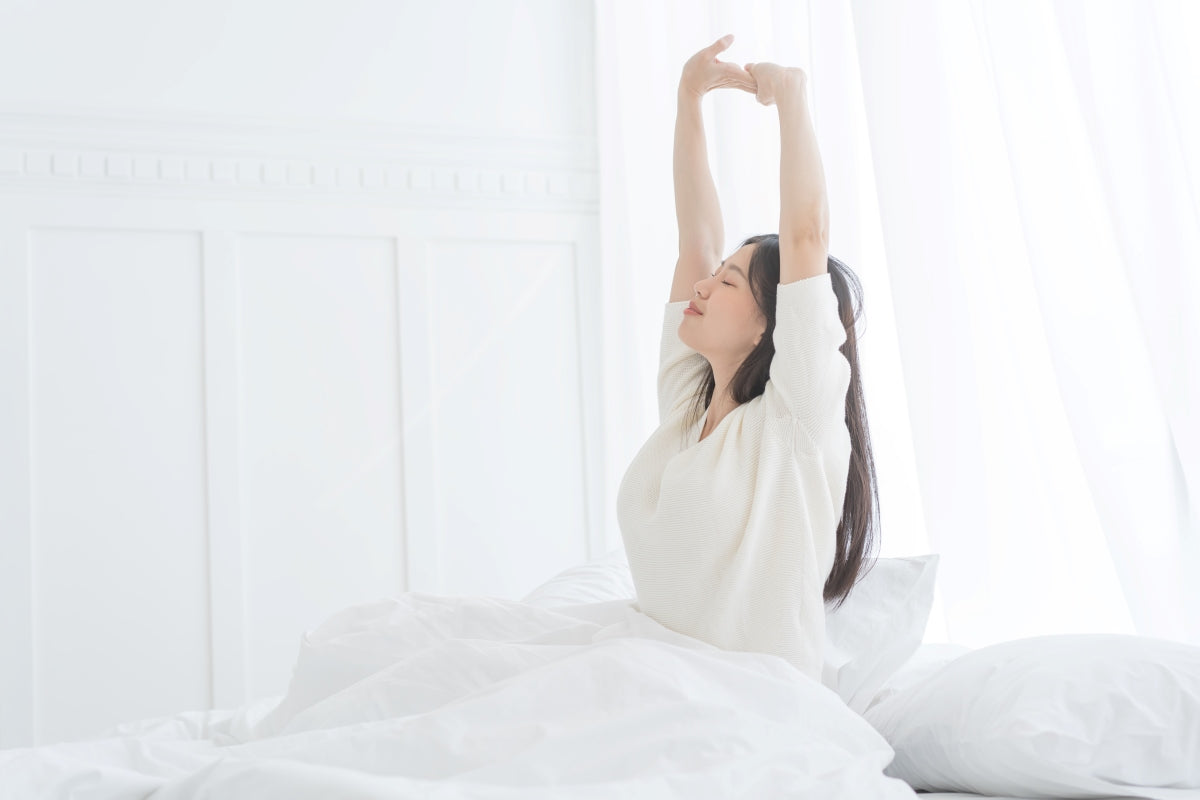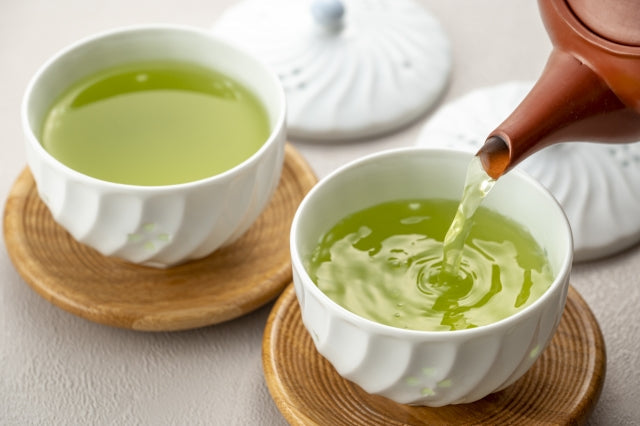
A must-read for tea beginners! Frequently asked questions Q&A – from basic knowledge to how to choose
- Introduction
- Frequently asked questions
- Do I have to buy a separate kyusu and teapot for each one?
- I want to know the trick to brewing delicious tea.
- How do you make the right temperature?
- How can I make the tea taste better after the second brew?
- Can I reheat tea that has already been brewed?
- When making tea for a large group of people, there will be inconsistencies.
- Will shaking the teapot bring out more flavor?
- Can I leave the lid on the teapot after I've finished pouring?
- Finally
Introduction
In recent years, bottled tea has become popular and the culture of brewing tea in a teapot is fading. However, tea carefully brewed in a teapot has a special flavor that is different from bottled tea.
In this article, we will answer your questions about how to brew tea using a teapot and provide you with tips to help you enjoy more delicious tea.

Frequently asked questions
Q: Do I have to buy a separate teapot and kyusu separately?
If you have a versatile kyusu or teapot, you can use it for a variety of teas.
Generally, people think that kyusu are only for Japanese tea, but in fact they can be used to easily brew a variety of teas, including oolong tea and black tea.
However, unglazed ceramic teapots tend to absorb aromas easily, so if you plan to drink multiple types of tea, it is recommended that you use different teapots depending on the season and purpose.
A good teapot has a moderately rounded shape, a handle on the side, and is large enough that the lid can be held down with one hand.

It is important to choose the capacity according to your intended use.
For example, if you are making tea for two people, a volume of around 150 to 220 ml would be appropriate.
Also, make sure there are no gaps between the lid and the body, as this can affect steaming and temperature control.
If you take good care of a good kyusu or teapot, you can use it for 10 to 20 years.
Even if it is a little expensive, by choosing your favorite item, you will be able to continue using it for a long time and feel attached to it.

Check points when choosing a teapot
- Is there a suitable degree of roundness?
- Is it easy to hold?
- Is it heavy enough to hold in one hand?
- Is the size suitable for your purpose?
- Is there a gap between the lid and the body?

Question: I would like to know the trick to brewing delicious tea.
The trick to brewing delicious tea is actually simple: measure it carefully.
There are three points
- Amount of tea leaves
- Steaming time
- Water temperature
Just by measuring these three ingredients properly, your regular tea will taste much better.
First, regarding the amount of tea leaves. It is often thought that "one spoonful = about 2.5 to 3 g," but the weight varies greatly depending on the type of tea leaves. In fact, the quickest way is to measure it out with a cooking scale every time.

However, most people probably find it a hassle to use a kitchen scale all the time.
In such cases, it's a good idea to know the size and capacity of your favorite teapot or teacup. That way, you'll be able to brew the approximate amount of tea.
Please try different methods and find the one that tastes best to you.

Common tool sizes
| Teapot (palm-sized) | 220ml |
| spoon | 2.5-3g |
| Rice bowl (size that can be wrapped around with both hands) | 110ml |
| A teapot (approximately 18cm high) | 500ml |
| Teacup (5-6cm high) | 110ml |
| Mug (standard size) | 300ml |

Q: How do you create the right temperature?
Adjusting the temperature of your tea is actually very easy. You don't need any special tools.
Two rules to remember
- When you pour freshly boiled water at 100°C into a cup, the temperature drops by about 7 to 10°C .
- If you leave it for 1 to 2 minutes, the temperature will drop by another 5°C .
Furthermore, each time you transfer the liquid to another container, the temperature drops by approximately 7°C .
By combining these two rules with transferring tea to different containers, you can easily create the ideal temperature for various types of tea leaves, even without a thermometer.

Let's look at a specific example. For example, the optimum temperature for sencha tea is generally said to be 80℃.
- Pour boiling water into the cup (approximately 90-93°C).
- Leave it for 1-2 minutes. (About 85-88℃)
- Transfer to another container (approximately 78-81℃).
This is almost the perfect temperature for sencha tea.
Controlling the temperature of tea doesn't have to be difficult. Please try various methods using the ones we introduced here as a reference.

What if there's no replacement container?
The optimal temperature for brewing tea such as Sencha is said to be around 75℃. However, there are times when you don't have enough teapots or teacups.
In that case, put 1 tablespoon (15 ml) of water into a teapot or pot and pour 150 ml of boiling water into it. This will bring the temperature to about 80°C.
Then add the tea leaves and leave it for 1-2 minutes. Your delicious tea is now ready.

Q: How can I make the tea taste better after the second brew?
Tea can be enjoyed not just once, but twice or even three times. However, to make it taste good even after the second brewing, there are a few tricks you need to know.
1. Pour until the last drop
When brewing tea, the most important thing is to pour all the water down to the last drop. If hot water is left in the teapot, the ingredients will continue to be extracted from the tea leaves, ruining the flavor.
2. Prevents tea leaves from clogging
When brewing the first cup of tea, the tea leaves may get clogged in the strainer.
This clogging is one of the reasons why the flavor of the tea deteriorates after the second brewing. Gently tap the wall of the teapot to remove the clogged tea leaves.
*How to make delicious tea using tea bags
If you use tea bags, it is important to brew the second infusion before the tea utensil and tea bag cool down.
With these little tips, you can enjoy delicious tea even the second and third brews. Please give it a try.

Q: Can I reheat tea that has already been brewed?
We do not recommend reheating tea that has already been brewed, as this will cause the tea to lose its original aroma and flavor.
In addition, the tannin contained in tea makes it taste bitter, so reheated tea does not taste good.
You can enjoy the taste and flavor of the tea by tasting it cold rather than reheating it in a microwave or other appliance.

Question: When making tea for a large group of people, the results tend to be inconsistent.
The trick to brewing tea is to brew it a little at a time, going back and forth once.
To ensure consistency and taste
The most important thing is to pour it evenly to avoid unevenness in concentration and flavor.
If you line up the tea bowls and brew the tea by turning them over, like A→B→C→C→B→A, the taste and temperature will be uniform. If you brew the tea in one direction, like A→B→C→A→B→C, the taste and temperature will be uneven.
A large clay pot is convenient for having more than four guests!
A large earthenware pot is very useful when making tea for a large number of guests. It is especially useful to have one in your home where you often have more than four guests.
The amount of tea leaves is about 90%
When brewing tea in a clay pot, it is important to limit the amount of tea leaves to about 90% of the usual amount. This is because it takes time to pour hot water into a clay pot, and the tea leaves spend a longer time soaking in the water during that time, which can make the tea taste stronger.

Q: Will shaking the teapot bring out more flavor?
Shaking the teapot when brewing tea can actually be counterproductive.
Shaking a teapot dissolves not only the umami components of the tea, but also the bitter and astringent components, causing the tea to lose its original delicate flavor.
To brew delicious tea, it is important to take your time and wait patiently. It is important to wait patiently for the tea leaves to open naturally and for the flavor to dissolve into the hot water.
The optimal extraction time varies depending on the type of tea and the condition of the tea leaves, but generally speaking, about 1 minute for sencha and about 30 seconds for deep-steamed tea is a good guideline.
Please try tasting tea that has been carefully brewed without shaking the teapot.

Question: Can I leave the lid on the teapot after I've finished pouring?
The correct answer is to leave the lid open.
If you leave the lid of the teapot closed after pouring the first brew, the steam will cause the tea leaves inside to steam and open up too much, which will cause the second and subsequent brews to be bitter or astringent.
Therefore, once you have finished pouring, we recommend removing the lid or slightly shifting it.
By releasing the heat from inside the teapot, you can prevent the tea leaves from becoming too steamed, allowing you to enjoy the tea deliciously even after the second brew.

Finally
So, we have answered all your questions about how to brew tea.
When you hear "brewing delicious tea," it may seem like a bit of a challenge. However, if you follow some basic steps, anyone can easily enjoy delicious tea.
Some of you may feel that "making tea is such a hassle" or "using a plastic bottle is just easier."
Certainly, there are a few things to pay attention to, such as the water temperature and extraction time.
However, this is by no means troublesome; it just goes to show how deep the world of Japanese tea is.
Bottled tea is easy and convenient, but tea brewed in a teapot contains about 5 times more theanine, 1.4 times more polyphenols, and 2.5 times more catechins than bottled tea. By extracting tea directly from tea leaves, you can ingest more of these active ingredients.
With this little ingenuity, you can enjoy your usual tea in a more delicious and healthy way!
